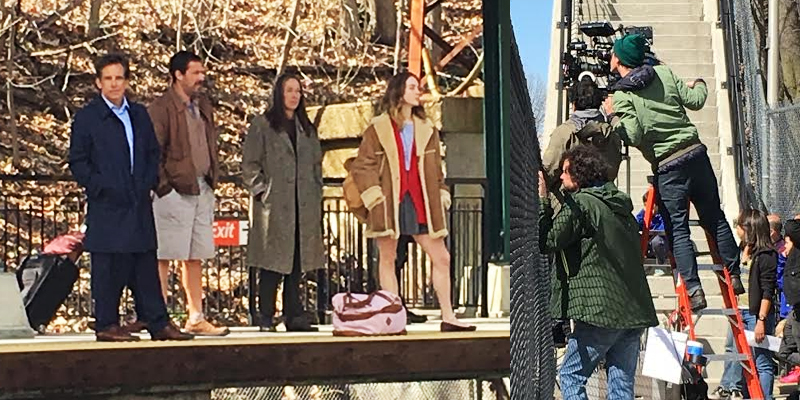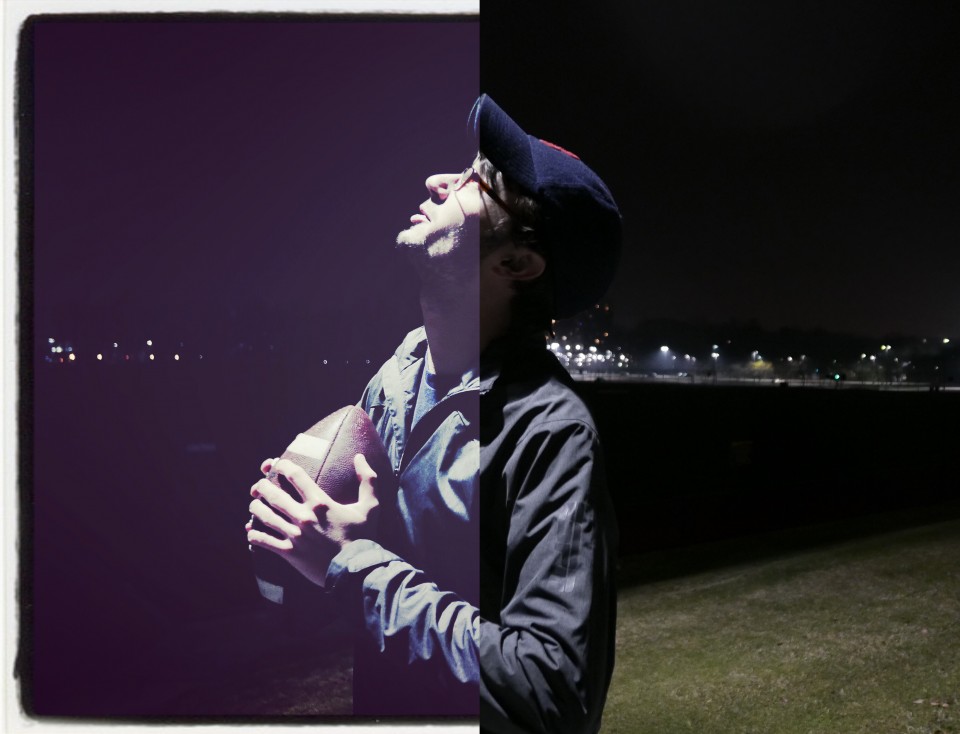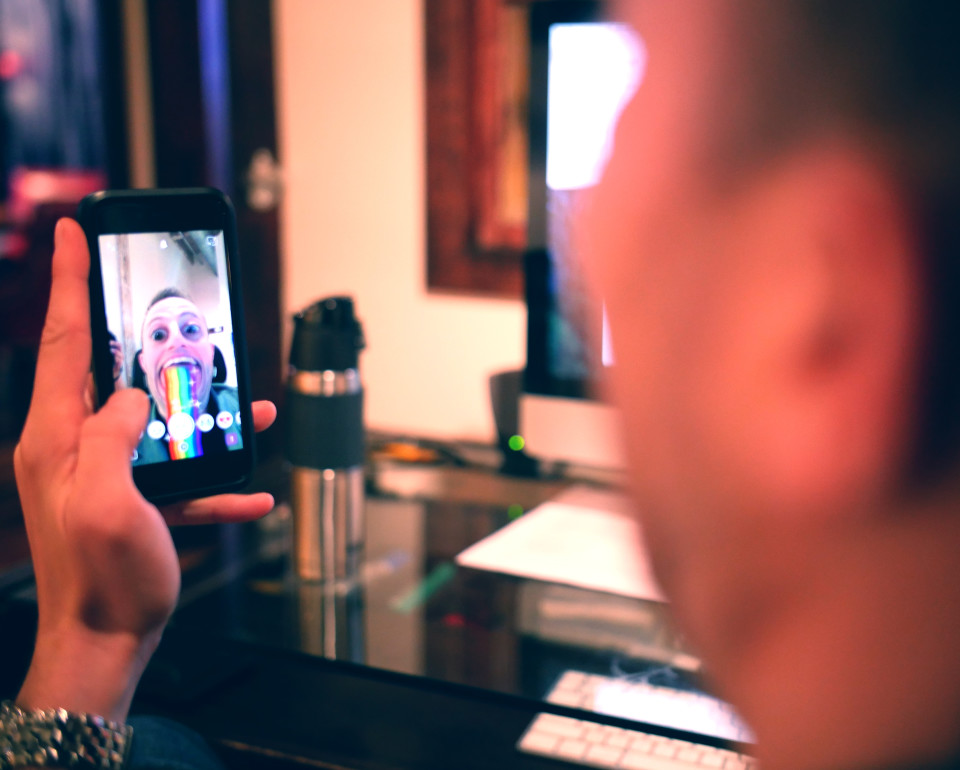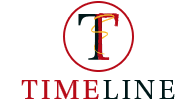blog Archives |
07
Nov
Diego Chiri receives HOLA Award for Outstanding Achievement in Direction
Last week, you might have heard Whoopi Goldberg and Sunny Hostin of ABC’s “The View” discussing the HOLA Awards, the nation longest running active advocacy organization for Latino artists. Throughout the years, several renowned Hispanic artists have received an HOLA award, including Rita Moreno, Antonio Banderas, Lin-Manuel Miranda and Benicio del Toro.
We’re excited to announce the addition of TimeLine’s own Diego Chiri to that illustrious list. Diego received the HOLA Award for Outstanding Achievement in Direction for his work in the off-Broadway theatre production “La gran Semíramis”, which premiered at Repertorio Español earlier this year.
The news also broke on public television in Peru – Diego’s home country. In the News Show “Agenda7.3” Diego was interviewed (in Spanish) about his experience directing the play and the importance of having a platform on which Latino artists can tell stories in their own language in a city where the Hispanic community continues to grow everyday.
Here at TimeLine Video we continue with our own mission to expand our involvement with the Hispanic community, while ensuring Latino men and women are fairly and accurately represented in the media and in our work.
18
Oct
TimeLine Video joins Ken Marsolais and the Bullish Farmer
By Diane Cricchio, CEO/Creative Director
A feature documentary about a farmer who quits Wall Street and literally bought the farm.
Back in 2013, Tony and Pulitzer Prize Award winning producer Ken Marsolais visited TimeLine with a 5-minute screener of a yet-to-be-titled documentary about small farms. Nearly three years later, Ken Marsolais Productions has awarded TimeLine Video the post-production finishing services for the the feature documentary “The Bullish Farmer.”
Part biography part call to action, “The Bullish Farmer” tells the story of John “John Boy” Ubaldo who left his job on Wall Street to buy a farm upstate and return to grass roots agricultural practices. The film, paralleling John’s experience over the past decade, expands into the important subject of GMOs, Big Agriculture, and the various obstacles that are threatening the very nature of how and what we eat. This is a subject close to our hearts here at TimeLine, and we couldn’t be more proud to be involved with this film.
Working with a wonderful final edit by the talented Kristen Nutile, TimeLine has assembled a stellar team to to finalize the film and begin submitting to festivals. We’re excited to once again be working with Headline Sound (audio mixing & mastering), Out of the Blue (color grading), and of course our very own Adam Stroncone (VFX) and Natt McFee (sound design).
The producers, Ken Marsolais and Nancy Vick, have independently funded the film along with a few friends up until this point, and they’re currently undergoing a crowdfunding campaign on Indiegogo to raise the necessary finishing costs. TimeLine has also been tasked with developing and running the campaign, as well as managing all social media channels for the film.
While a cut of the film has been submitted to Sundance, the producers are targeting a December 2016 completion.
Stay tuned!
12
May
TimeLine’s Home of Irvington, NY Becomes Film Hub
- By Ben Fraternale
- No Comments
Ben Stiller and Adam Sandler are standing 50 feet away from us. No, we’re not stalking them (I think), nor are we in Hollywood, CA. We’re sitting comfortably at TimeLine Video headquarters in Irvington, NY, where the actors are filming a scene from their upcoming film Yeh Din Ka Kissa on the Irvington Metro North train station. Ten years ago this might have come as a shock, but recently the small village of Irvington and its surrounding area have become a substantial hub for video production.

Stiller, Sandler, and Elizabeth Marvel on the Irvington train platform
The sudden influx of production crews seemed to almost appear overnight, and they sort of did. Last year alone featured 100 more television and film productions than 2014 in the state of New York. This is thanks in large part to an extremely attractive tax credit provided by the state to encourage the New York film economy. The industry responded immediately, with a surge of productions choosing New York over Los Angeles as their home.
This brings us to the Hudson Valley, where the village of Irvington nestles comfortably in small-town suburbia, only a stone’s throw from the city. For every new NYC production which requires city locations, now just as many need suburban locations as well, which leads to base camps filling church parking lots and crews piling into local restaurants.
The trend is only heating up. Previous TV shows like The Good Wife, The Following, The Leftovers, The Americans, and Elementary sought out friendly Irvington neighborhoods for suburban scenes. Now in 2016 alone, Irvington has seen Emily Blunt running through the streets in The Girl on the Train, Miley Cyrus strolling around Main Street in Woody Allen’s Amazon series, James Spader doing whatever he does in The Blacklist, and the aforementioned Sandler/Stiller film which co-stars Dustin Hoffman.
TimeLine works with location scouts who cite the spacious, convenient locations as one of the greatest aspects of filming here. Where 30 PAs scramble to park cars and extraordinarily busy streets have to be entirely shut down in the city, Westchester offers breathable shooting environments with parking aplenty. It’s calm, diverse in landscape, and a security guard’s dream come true.
As TimeLine remains firmly supplanted as Irvington’s video production nerve center going on 23 years, it’s exciting to the see the community and local government embrace the major inbound productions. More than ever, we’re proudly #MadeInNY.
05
Feb
BLOG – “#NoFilter”
- By Ben Fraternale
- No Comments

I love flipping through old Facebook photos, reliving otherwise forgotten moments, but one thing stands out as I click through the past: I’ve used A LOT of photo filters. Everyone has. With the advent of Instagram and editing apps, few photos make it to social media that haven’t been doctored in some way. These alterations range from brightening an underexposed shot to completely filtering it with dramatic coloring, adorned with a gaudy border.
When I look back on these shots, sometimes I wonder if the memories they encapsulate would have been better served raw, with no layering of colors, vignettes, or borders. When you upload photos to Facebook, that might be the final version of that memory you ever see again. Even the cloud can’t preserve everything, whatever filter you chose based on your tastes in 2010 will be the photo you have to look at in 2016.
Many people might never consider this, but Facebook is the true “family album” of the present. With fewer photos physically printed than ever, what you post of your summer vacation will be the thing you look back on in a decade. If you’ve badly distorted it with unattractive filters you thought looked cool in the moment, that might be a regret down the road.
The preservation of reality in photographs is a very journalistic mindset. The wire service Reuters recently banned RAW image files from contributing photojournalists in favor of out-of-camera jpegs. RAW image files can be heavily modified, so Reuter’s mandate that their pictures “must reflect reality” made these flexible files journalistically dangerous. Before camera phones and photo apps, images largely stayed untouched by the majority of casual camera-owners. Now, our cherished memories have the “Valencia” Instagram filter obscuring the true image.
Artistic expression is a beautiful thing, it’s what iPhones have made so accessible to the masses. Everyone takes photographs and most people enjoy tinkering with them, something unthinkable in the pre-digital era. However, maybe some memories shouldn’t be interpreted artistically.
Go ahead and look through your old Instagram and Facebook photos. If you find it disappointing that pictures of your family have a grunge filter, or are cropped square with a thick border, maybe that’s something to consider next time you upload a shot. You might thank yourself for years to come.
13
Nov
Dr. Snapchat or: How I Learned to Stop Worrying and Love to Snap
- By Ben Fraternale
- No Comments

I resisted the lure of Snapchat for four years, ignoring its burgeoning popularity and rejecting its necessity. As a massive fan of content, big or small, the notion of that content vanishing literally churned my organs. I took this hilarious picture of my cat drinking out of the toilet, but now what? I took this video of an ice skater falling on his face, but only a few people will see it? Sure, you can download them to your phone, but at that point it may as well be on Facebook.
My Snapchat intervention came in the form of TimeLine Managing Director (and visionary) Sean LaGamma. It’s ironic that within the walls of a video production company, which specializes in editing among other things, he obsessed over unedited stream-of-consciousness videos. His philosophy that the app allows “goofiness without consequences” began to rub off on me, because it’s how I attempt to live life anyway.
Soon, my phone was flooded with Sean’s snaps, particularly ones he calls “cheers,” in which he smashes any beverage or food he is holding into the camera and then ingests it (a trend started by Sean’s friends, The Dolces). This, combined with the app’s facial recognition feature (which can render your face as Satan, turn your mouth into a projectile rainbow spigot, etc), really piqued my interest in actually using Snapchat.





